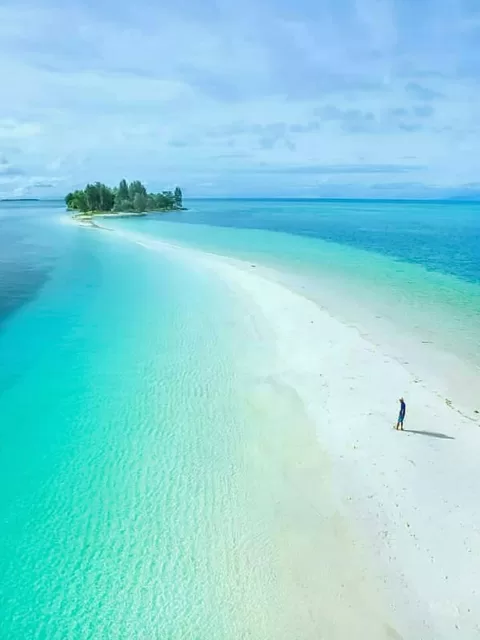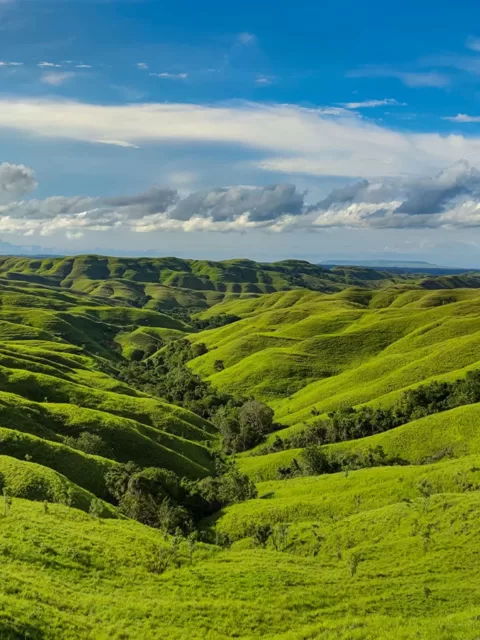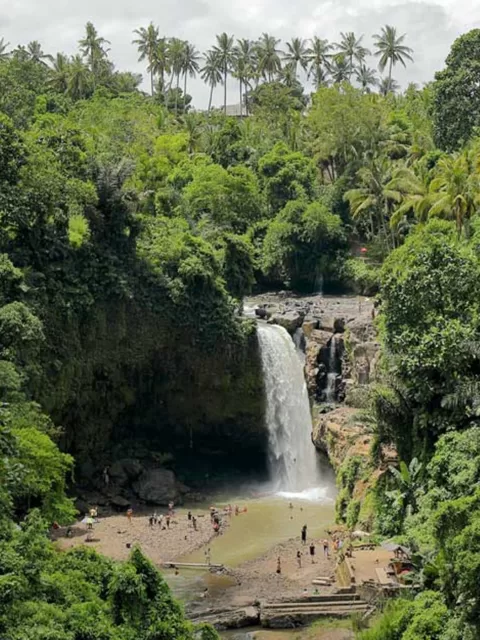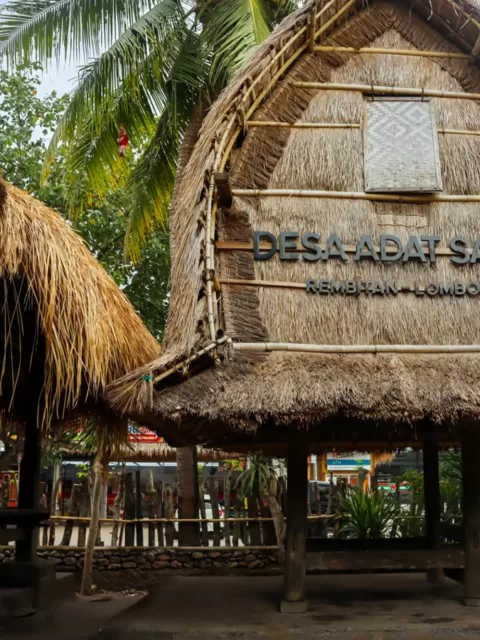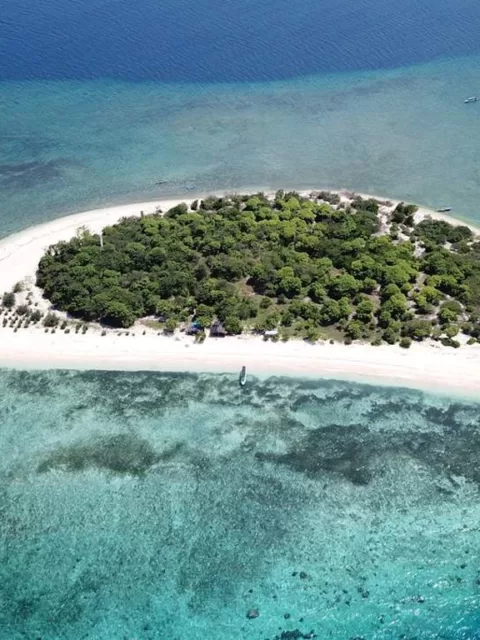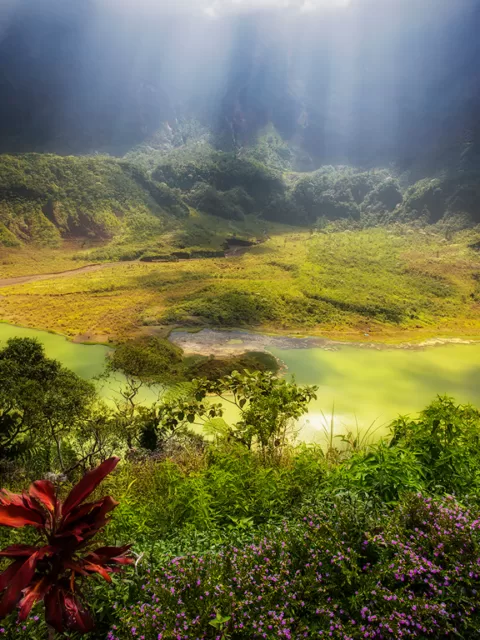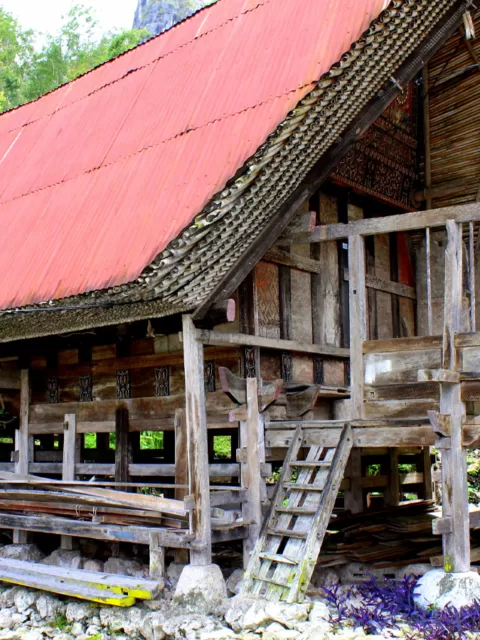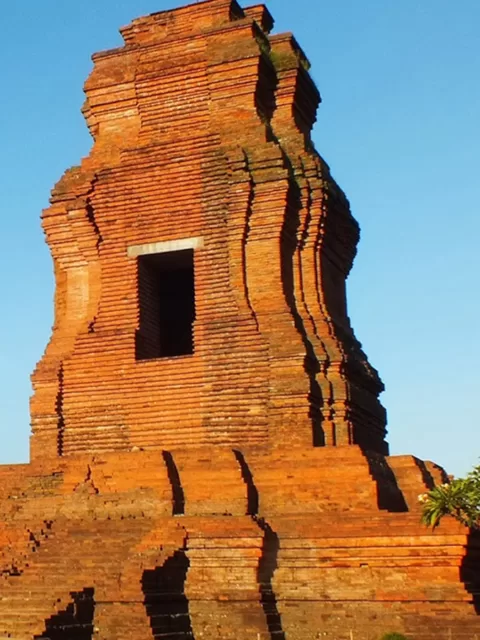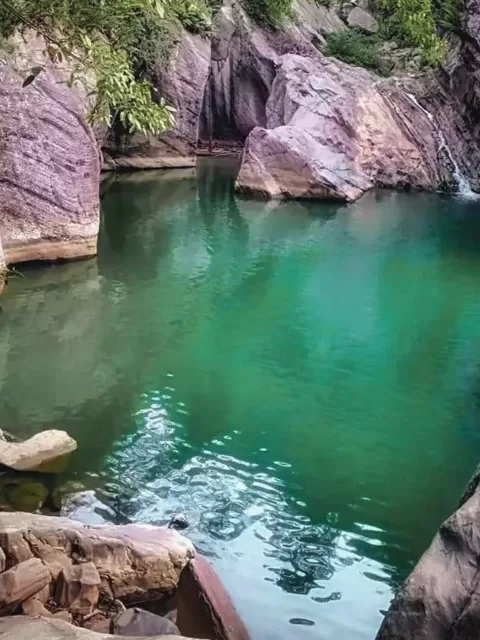Laweyan Batik Village: Discover the World of Batik in Solo, Indonesia
Introduction
Draped in vibrant colors and intricate designs, Batik is not just a fabric; it’s the woven essence of Indonesian heritage. With its origins rooted deep in the annals of Javanese history, Batik has transcended generations, turning into a symbol of identity for many Indonesians. At the heart of this art form lies the Laweyan Batik Village in Solo, Central Java – a place where tradition meets creativity, and where every thread tells a story.
Solo, also known as Surakarta, is one of the primary centers of Batik production in Indonesia. The significance of the Laweyan Batik Village can’t be overstated. Established centuries ago, this village stands as a testament to the enduring allure of Batik and the artisans who breathe life into it.

The Rich Heritage of Laweyan Batik Village
Laweyan didn’t merely stumble upon its reputation. The village’s ascension as a crucial hub for Batik trade began during the Mataram Kingdom‘s reign, with its influence spanning areas beyond Java. As traders and artisans flocked to this enclave, Laweyan’s streets became synonymous with top-tier Batik.
Furthermore, the village’s influence was so profound that it imprinted itself on Solo’s cultural tapestry. The craftsmanship techniques passed down through generations in Laweyan, contributed to Solo’s identity, making the city a must-visit for anyone intrigued by Batik’s history and artistry.
Traditional Batik Making Process at Laweyan Batik Village

A visit to Laweyan offers a chance to witness Batik’s creation from scratch. It starts with the ‘canting,’ a tool used to apply hot wax in intricate patterns on a fabric. The cloth is then dyed, with the waxed areas resisting color. This process can be repeated several times for complex patterns.
What sets Laweyan apart are its unique Batik designs and techniques. The village is renowned for patterns that have deep-rooted meanings, often reflecting nature, royalty, and Javanese folklore. These designs aren’t just visually captivating; they carry tales of the past, making each piece a historical artifact.
A Day in Laweyan Batik Village

Wandering through Laweyan is like stepping into a living museum. The village’s architecture boasts a harmonious blend of Javanese and European influences, showcasing the region’s rich history. The centuries-old houses, many of which are still occupied by Batik artisans, offer insights into Solo’s historical prominence.
Engaging with these artisans is an enlightening experience. Their hands, adept with years of practice, move with precision and grace, while their stories highlight their dedication to the craft and the pride they take in being a part of Laweyan’s legacy.
The Modern Transformation of Laweyan Batik Village
While steeped in tradition, Laweyan hasn’t shied away from modernity. Contemporary Batik designs, infused with traditional motifs, have found their way into international fashion runways, and much of this innovation stems from Laweyan. These modern adaptations pay homage to their roots while appealing to a global audience.
Laweyan Batik Village has played a pivotal role in elevating Batik to global haute couture. By merging age-old techniques with contemporary aesthetics, the village artisans have ensured Batik’s relevance in today’s ever-evolving fashion landscape.
Cultural Events and Festivals in Laweyan Batik Village
Throughout the year, Laweyan buzzes with festivals celebrating Batik. The most notable is the annual Batik Festival, attracting enthusiasts from around the globe. These festivals aren’t mere exhibitions; they’re a vibrant display of culture, music, dance, and, of course, Batik in all its glory.
Such events underscore the importance of preserving Batik’s legacy. They not only showcase the art but also educate visitors on its historical and cultural significance, ensuring that future generations remain connected to this rich heritage.
Supporting Local Artisans: Shopping and Souvenirs

For those looking to take a piece of Laweyan home, the village is dotted with authentic Batik shops. Each purchase not only fetches a beautiful piece of art but also supports the local artisans, ensuring the craft’s sustainability.
Purchasing directly from Laweyan guarantees authenticity and quality. More than just a monetary transaction, it’s a gesture that empowers the local community and contributes to the preservation of an age-old art form.
Practical Tips for Visitors
Reaching Laweyan Batik Village is a straightforward affair, with regular transportation options available from various parts of Solo. While the village welcomes visitors throughout the year, the best time to experience its full vibrancy is during the Batik festivals.
For a comprehensive experience, visitors should allocate an entire day. While there are no strict dress codes, dressing modestly is advised, given the cultural significance of the place.
Conclusion
The allure of Laweyan Batik Village lies not just in its beautiful fabrics but in its tales of perseverance, creativity, and cultural preservation. For those seeking a deep dive into Indonesian heritage, Laweyan isn’t just a destination; it’s a journey through time, color, and craftsmanship. With its harmonious blend of the past and the present, Laweyan stands as a beacon for both Batik enthusiasts and those keen on unraveling the rich tapestry of Indonesian culture.



